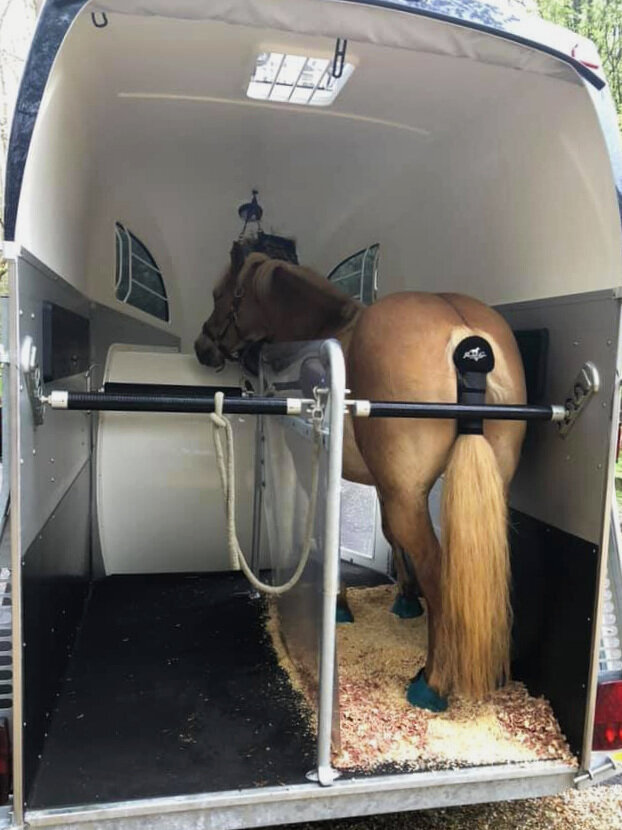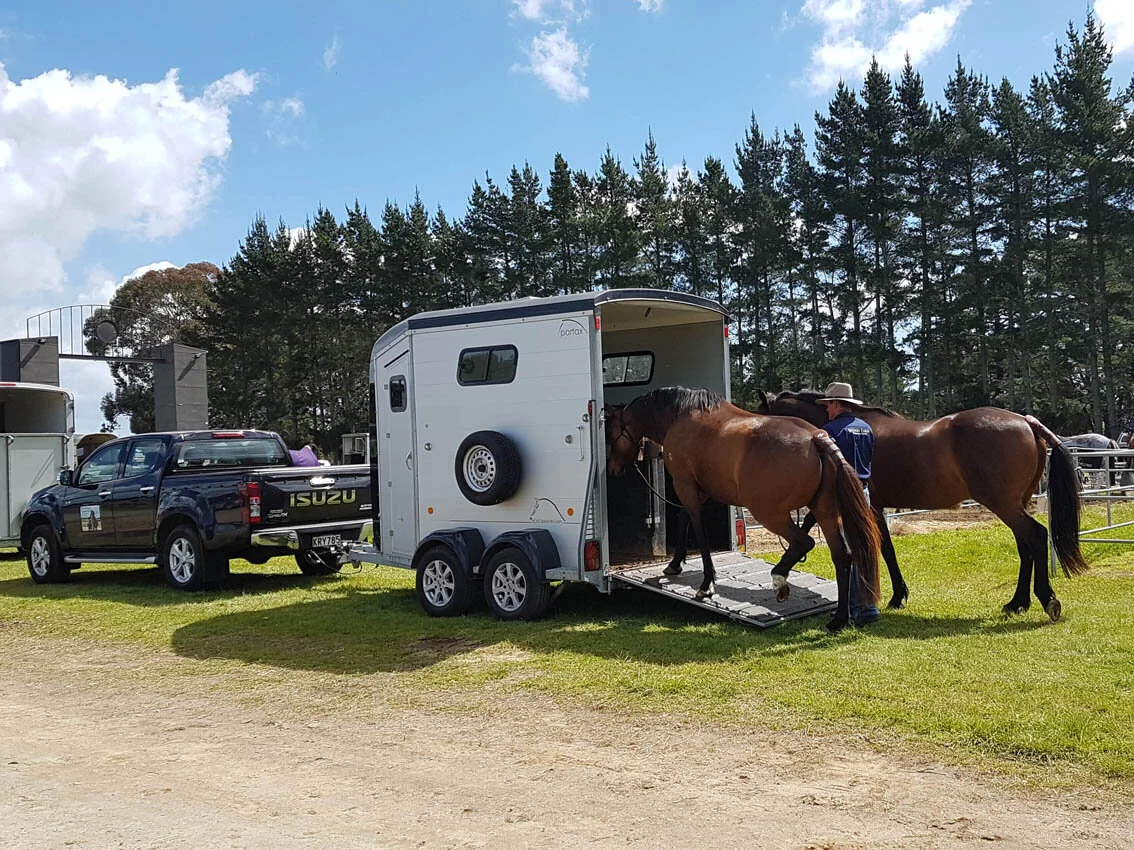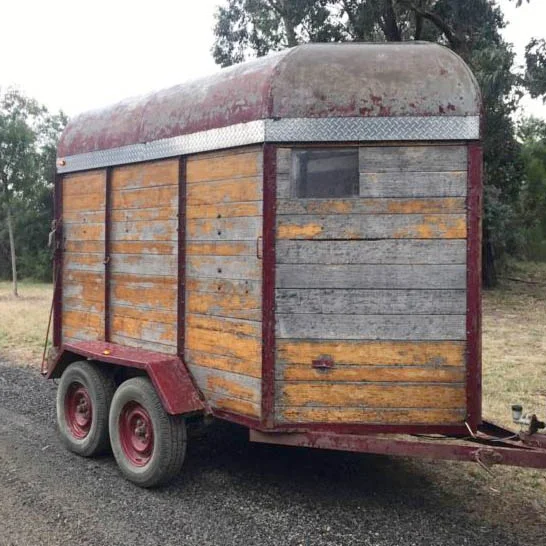Safely towing your float
/The most important goal of any journey is to arrive safely at your destination. Of course, anytime you travel, you are putting yourself at risk. However, you want to minimize the risk as much as possible.
The place to start to ensure a safe journey is with your towing vehicle and float. It is of the utmost importance that both your vehicle and the float are in good condition! Make sure that your towing vehicle is of the correct rating for the float you'll be towing! If you try towing a float that is too large and too heavy for your tow vehicle, you could end up endangering yourself and others!
Your car doesn't have to be new to be in good condition. As long as it has been well-maintained and passes certain criteria, it should get the job done without any problems.
Things to do to ensure a safe floating experience:
Check the float lights and brakes are working.
The break-away cable or chains MUST be correctly attached.
When hitched on your horse float needs to sit level with the car - make sure the height of your tow ball is correct.
If you are transporting one horse in a double float load the horse on the driver's side. If you are transporting two horses, load the heaviest horse on the driver's side. This will help keep the float balanced.
Make sure that the tow ball on the tow vehicle is the correct size for the float that you will be towing (50 mm or 1 7/8”). If you try and tow with the bigger 50mm coupling on a smaller 1 7/8” ball, the float might pop off during your trip!
Check out the tow vehicle before a trip with your horses. Make sure all engine fluid levels are good and replenish those that need to be replenished.
Check the condition and pressure of all tyres, both on the tow vehicle and on the float (including the spare tyre). Improper pressure and poor condition of tyres can increase the likelihood of floating problems, tyre failure, or even an accident.
Check to make sure all lug nuts are in place and secure on all wheels. Wheel nuts and bolts should be torqued before first road use and each time a wheel is removed. With a new float, you should check and re-torque after the first 50 km. Afterwards check and re-torque periodically.
Once the horses are loaded into the float make sure all doors are closed, the ramp is properly latched and the jockey wheel is up before you head off.
If you're new to towing a float, or if it has been a while, practise basic driving and towing skills with an empty float. Make sure that you know how to back the float properly. Practise making turns with the float in tow. Work on those sudden stops, so you'll be prepared in case you have to make one during your trip. Also, practice parking the float.
Have a great trip!





































